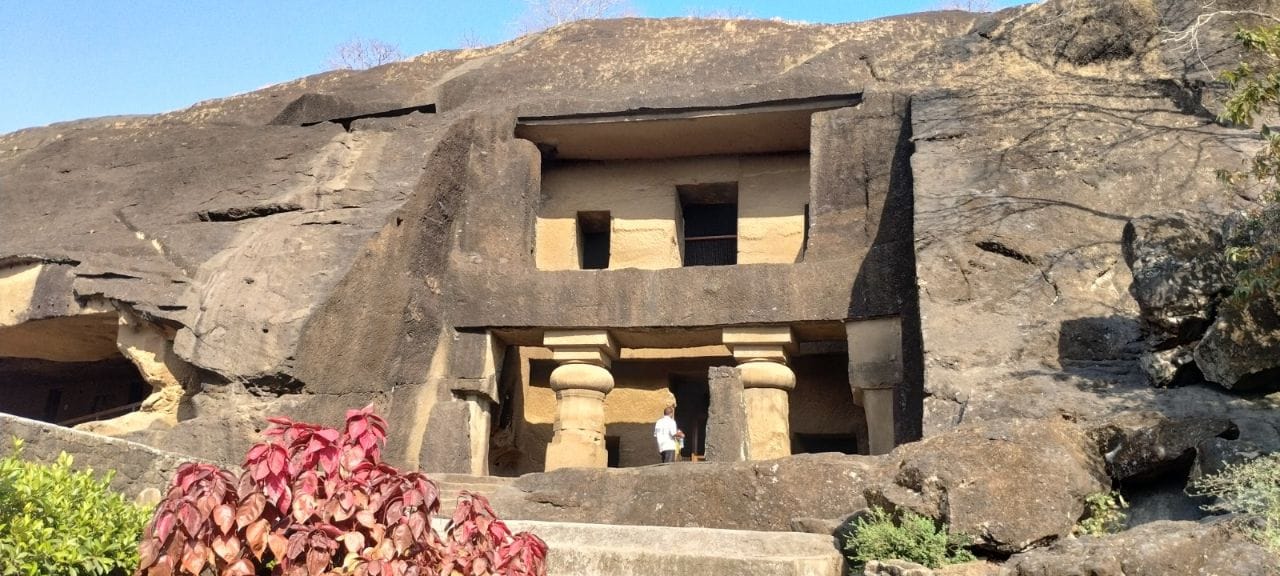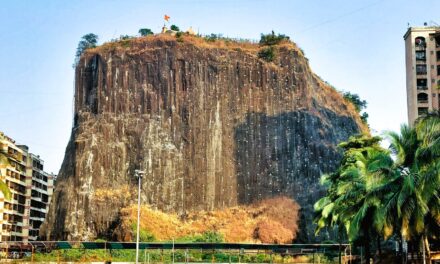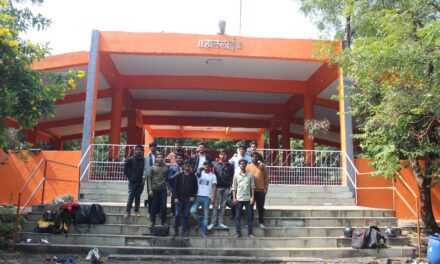- About Kanheri Caves:
Kanheri caves is a protected archealogical site located in the midst of Sanjay Gandhi National Park in Borivali, Mumbai. It is an ancient historic site that attracts tourists and history lovers from all over the world.
- Kanheri in Ancient Literature:
The name Kanheri is derived from Sanskrit word ‘Krishnagiri’ which means black mountain, signifying the volcanic breccia rock in which the caves are excavated. Prakrit name of kanheri is ‘Kanhagiri’ occurs in the Nashik inscription of the Satavahana ruler, Gautamiputra Satkarni. These caves were excavated from the 1st century CE till 9th century CE under the patronage of royalties, merchants, and traders.
- Kanheri in Travelogues:
Foreign travellers who had visited Kanheri mentioned it in their travelogues. The earliest reference to Kanheri caves is probably by Fa-Hein who visited India during 399-411 CE. Many European travellers also visited and mentioned about Kanheri Caves.
- Ancient Kanheri:
These caves served as monasteries and center of learning for Buddhist monks during Mauryan and Kushana period. There were Chaityas (prayer halls) and 109 Viharas (dwelling places of Monks). In ancient time, these caves were a part of ancient trade route that connected the port of sopara to the kalyan.
- About Sanjay Gandhi National Park:
The way to these caves passes through the Sanjay Gandhi National Park. The park said to be the lungs of Mumbai, is home to more than 1300 species of flora and over 500 species of fauna.
- Architecture:
The most prominent feature of the Kanheri Caves is its Architecture. Intricately carved walls, ceilings, pillars, stupas, and chaityas (prayer halls) showcases the skill and craftsmanship of the artisans of that time. The most impressive chaityagriha of kanheri is cave 3, also known as Great Chaitya. This is excavated by two merchant brothers Gajasena and Gajamita, during the reign of Yajnashri Satkarni, a Satavahana monarch (172-201 CE). The walls are adorned with exquisite sculptures of donar couple or mithunas. Many sculptues have been carved on the walls of veranda in later period, of these two colossal Buddhas are worth mentioning assigned to 5-6th century CE. Some of these caves also have inscriptions and paintings on their walls, giving us a glimpse into the lives of the common people who lived in the caves.
One of the most fascinating aspects of the Kanheri Caves is its water management system and Rainwater Harvesting. The caves have a series of tanks and channels that were used to collect and conserve rainwater.
The Kanheri Caves are not just a series of ancient caves, but a living heritage that showcases the architectural genius of ancient India.
- How to Reach?
Borivali station is the nearest railway station.
From Churchgate station: about 1 hour train ride from the Churchgate station to Borivali station. Get down at Borivali station towards east.
From Borivali Station: Visitor can walk for approx. 15 minutes (1km) to reach the gate Sanjay Gandhi national park. Or you may prefer to take bus/auto rickshaw/taxi/cab to the main gate.
By Metro: Nearest metro station is Rashtriya Udyan Metro Station.
Kanheri caves are at a distance of 5km from the main gate of national park. There are buses available which takes you to the caves or you can go by a private vehicle. It’s a 15 min ride.
Entry fees (per person): INR 15 for Indians; INR 200 for foreigners
- Timings: 7:30 AM to 5:00 PM (Closed on Mondays)
Best time to visit: June to December when the weather is cool, rainy.
Other Caves to visit near Kanheri caves:
- Mandapeshwar caves
- Mahakali Caves
- Jogeshwari Caves
- Magathane Caves
- Elephanta caves
-How many caves are there in Kanheri caves? – Kanheri caves site has total 109 caves dated back to 1st century bce.
– How much time do you need to explore Kanheri Caves? – around 4 -5 hours can be spent in exploring caves, national park.






Nice Information